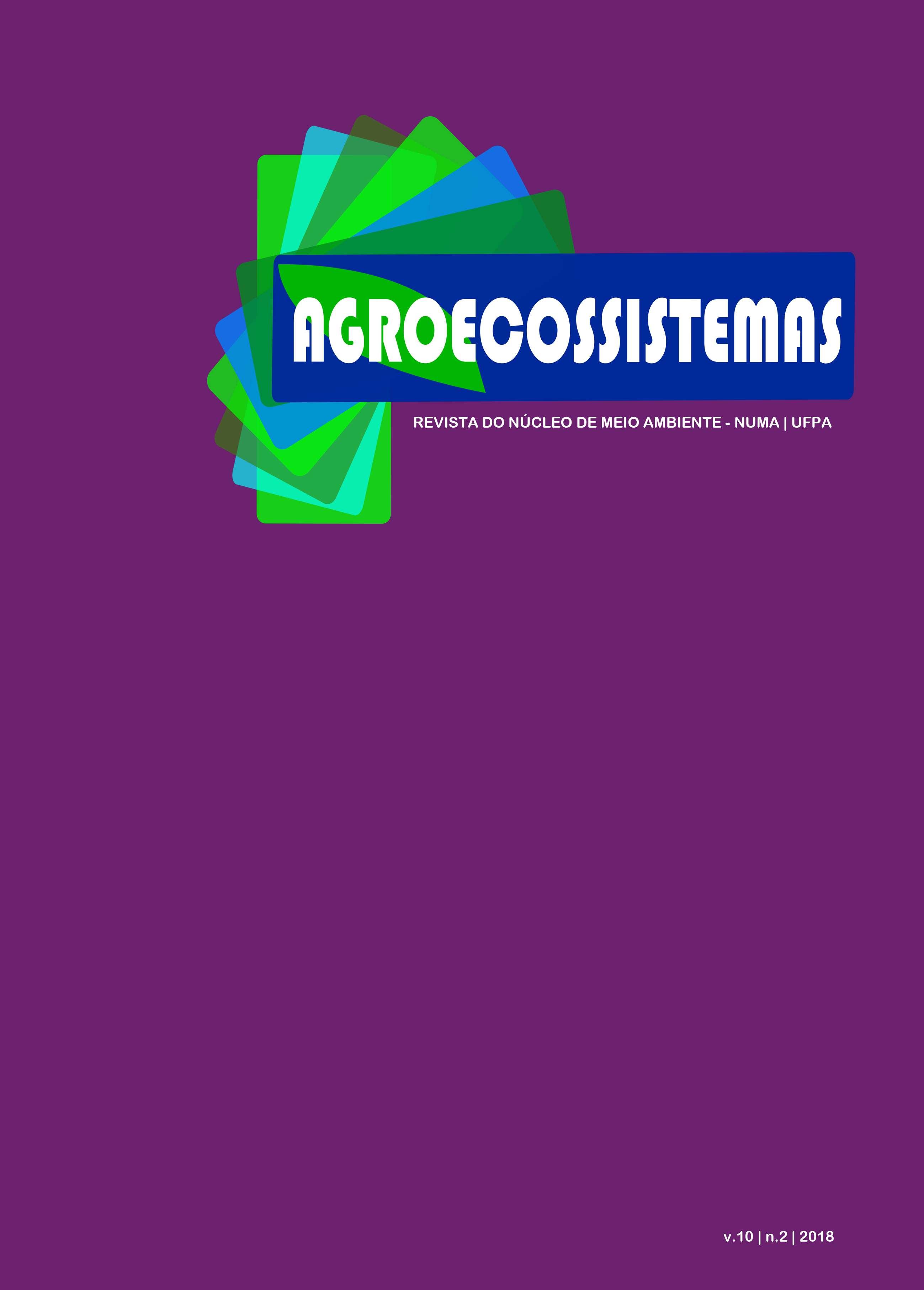PROSPECTION OF NATURAL PRODUCTS OBTAINED FROM PRIPRIOCA AS A BIOLOGICAL CONTROL AGENT OF PHYTOPATHOGENIC FUNGI OF AGRICULTURAL IMPORTANCE
DOI:
https://doi.org/10.18542/ragros.v10i2.5200Abstract
Diseases caused by microorganisms are responsible for strong limitations in the production of agricultural, and the main products used in the control them are synthetic chemical compounds that hold negative aspects regarding their extensive use. Thus, new alternative control methods, such as the use of natural products extracted from plants, have been investigated due to the lower impact on the environment. Therefore, in this study, we characterizing the secondary metabolites present in the essential oil, hexanic extract of the solid residue of priprioca (Cyperus articulatus L.) and their ability to promote the biological control of fungi Aspergillus niger and Aspergillus parasiticus. Tubers, rhizomes and roots of priprioca (rainy and dry period) were collected. The essential oil was extracted from the plant material by hydrodistillation (6h) in Clevenger. The solid residue was extracted into Soxhlet (hexane, 8h). The chemical analysis of the oil was by gas chromatography (GC-MS) and the hexane extract by thin layer chromatography (CCD). The antimicrobial test was performed by the disc diffusion method. The major compounds of the essential oil of priprioca in the two periods. In the hexane extract the presence of terpenes and fatty acids was verified. The hexane extract from the residue was not efficient against phytopathogens. There was greater inhibition for A. niger, when submitted to the oil of priprioca extracted in the dry period (18,6 mm). These data indicate the antifungal potential of the species against these fungi suggesting that it can be used for the biological control of the genus Aspergillus. KEYWORDS: Alternative control, Fungi, Phytopathogens.Downloads
Additional Files
- Ensaio antimicrobiano. Aspergillus niger submetido ao tratamento de óleo de Priprioca no período chuvoso (A), período seco (B), e placa controle com fungicida Azimut (C); Aspergillus parasiticus submetido ao tratamento de óleo de Priprioca no período chuv (Português (Brasil))
- Material vegetal e extração do óleo essencial de C. articulatus (Português (Brasil))
- Carta de Submissão à Revista Agroecossistemas (Português (Brasil))
Published
2018-11-19
Issue
Section
Notas Científicas/Técnicas


